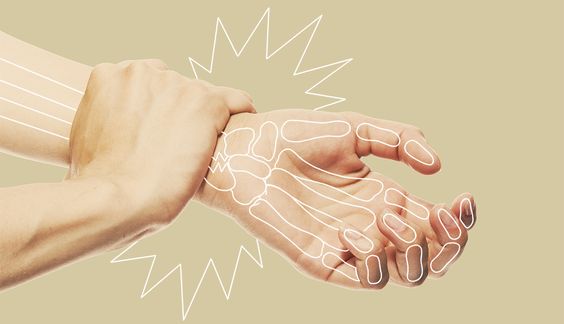Introduction
Osteopenia, often referred to as low bone density, is a condition where bone mineral density is lower than normal, but not low enough to be classified as osteoporosis. It signifies a weakening of the bones, making them more susceptible to fractures. While osteopenia is not as severe as osteoporosis, it serves as a warning sign and can progress to osteoporosis if not addressed.

Individuals with osteopenia might not experience any noticeable symptoms. Bone density tests are the primary method to diagnose the condition. Understanding the causes, symptoms, and preventive measures associated with osteopenia is crucial in managing bone health.
What Causes Osteopenia?
Several factors contribute to the development of osteopenia. These factors can include:
- Aging: Bone density naturally declines with age.
- Hormonal Changes: Menopause in women leads to decreased estrogen levels, which is linked to bone loss.
- Medical Conditions: Certain conditions like thyroid disorders, celiac disease, and rheumatoid arthritis can increase the risk.
- Medications: Some medications, such as corticosteroids, can negatively affect bone health.
- Lifestyle Factors: Smoking, excessive alcohol consumption, and lack of physical activity contribute to weaker bones.
- Nutritional Deficiencies: Insufficient calcium and vitamin D intake play a crucial role in bone health.
Symptoms and Diagnosis of Osteopenia
Osteopenia often doesn't present noticeable symptoms. Many individuals are unaware of their condition until a bone density test reveals low bone mass. However, some potential signs that might indicate osteopenia include:
- Recurrent Fractures: Bones weakened by osteopenia are more prone to fractures.
- Back Pain: Weakening of the spinal bones can lead to back pain.
- Loss of Height: As bone density decreases, the spine can compress, resulting in a gradual loss of height.
Diagnosis of osteopenia typically involves a bone density test, also known as a DEXA scan. This test measures bone mineral density in various parts of the body, usually the hip and spine.
Prevention and Treatment of Osteopenia
Taking steps to prevent and manage osteopenia is essential in preserving bone health. Here are some key strategies:
- Diet Rich in Calcium and Vitamin D: Ensure adequate intake of calcium and vitamin D through diet or supplements.
- Regular Exercise: Weight-bearing exercises like walking, jogging, and strength training help improve bone density.
- Healthy Lifestyle Choices: Quit smoking, limit alcohol consumption, and maintain a healthy weight.
- Medications: In some cases, doctors may recommend medications to slow bone loss and promote bone growth.
It's crucial to consult a healthcare professional for personalized advice and treatment options.





